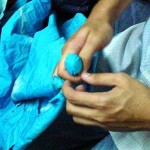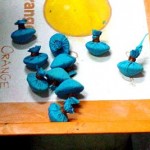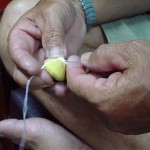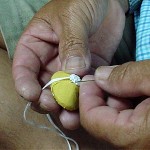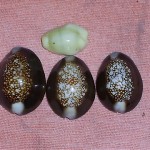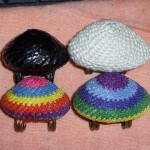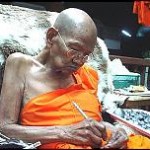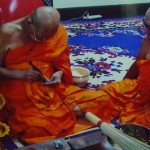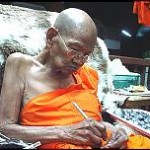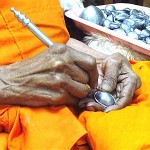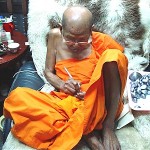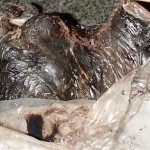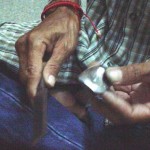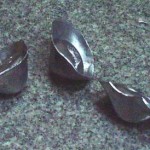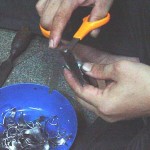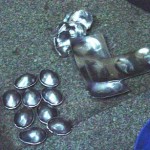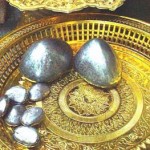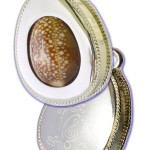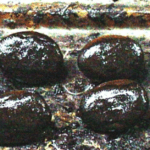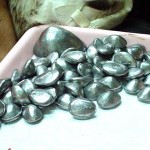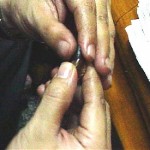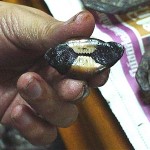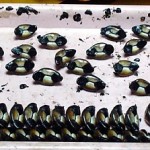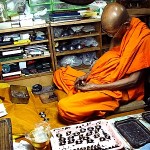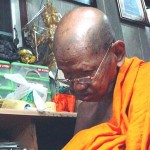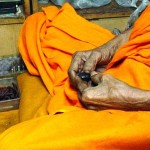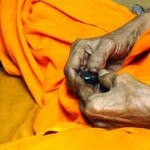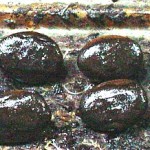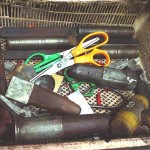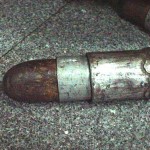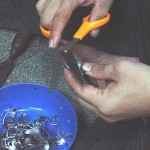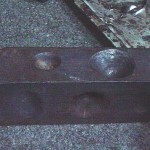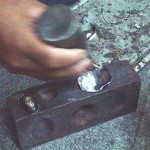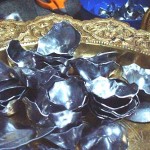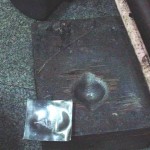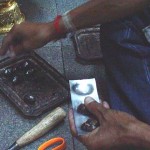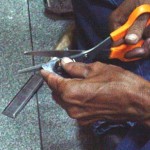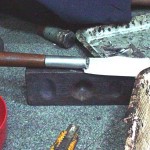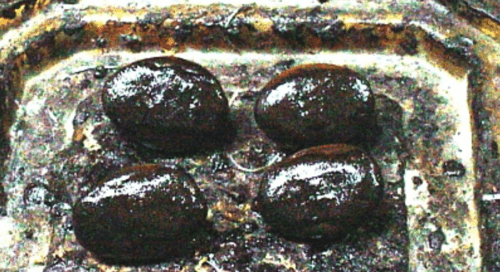
The Making of the Bia Gae Jon Magic seashell amulet by LP Juea.
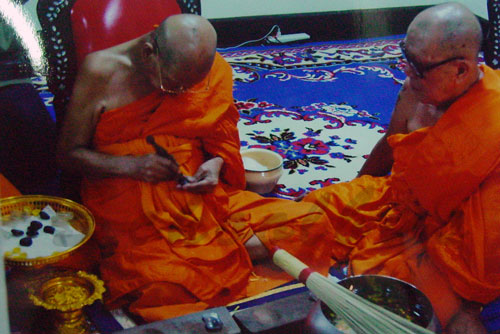
The Bia Gae Jon (shell for removing poverty), is a very famous type of Thai Buddhist Amulet, for which the temple of Wat Klang bang gaew is known for, with all the last four Abbots being known worldwide for their Wicha Bia Gae. The temple has been famous for this amulet since the times of LP Bun, and LP Perm Luang Phu Juea has become known as one of the Grand Masters of all time. The Bia Gae Jon, is actually in truth, the ‘Bia Gae’ because the word ‘Gae’ means ‘to remedy or solve’.

The Bia Gae does not only solve poverty, but is also very famous for its power to protect against Black magic, illness and accidents, and for its many other auspicious qualities. LP Juea passed away some time ago, and the current abbot, LP Sanya is now becoming just as famous as his predecessors for the Wicha Bia Gae. It was however the Bia Gae of LP Juea which first caused this temple to become known on an International scale. The Bia Gae from LP Bun and LP Perm are now both extremely rare, and extremely expensive. The Bia Gae from LP Juea are still affordable but since his passing are becoming ever rarer and more expensive, and seem to be following the same trend as his predecessors, looking to one day become just as unaffordable as those by LP Perm and LP Bun.
Luang Phu Juea’s famous Bia Gae in the tradition of Wat Klang Bang Gaew is one of the most famous Dtamra Bia Gae in all of Thai History. Wat Klang Bang Gaew has given rise to four great Masters in succession, all of whom have been masters of the Ya Wasana Jinda Manee sacred pellet, and of the Wicha for making ‘Bia Gae Jon’ amulets. Luang Phu Juea Must be thanked in our hearts for his great Metta in allowing his Looksit to approach and document the complete sequence he used to prepare Bia Gae charms, so that we can enjoy learning and reading about the Thai Bia Gae amulet making methods of Wat Klang Bang Gaew. Please click on the images and surf through the gallery to read each stage of the process. Each image in sequence has a small explanation below it describing the process
- The foils are cut to shape for the Bia Gae casings. Once they are all cut up they are placed on a Pan Kroo to await their final applied method.
- Covering of the tips of the shell is called ‘Liam Khao Bia’. and is part of the tradition and Wicha of Bia Gae making of Wat Klang Bang Gaew.. This phase of the process is made by the close Devotees and Apprentices, and then they are given to the Master for covering inscription and empowerment.
- Bia Gae are then placed upon a tray one by one, until all are completed and ready for the next phase of the making process; the Insertion of ‘Prot’ (Mercury), and the covering with Metallic Casing
- Bia Gae are then given to Luang Phu Juea for the insertion of Mercury, and later covering with metal casing. Luang Phu Juea would then insert the ‘Prot’ (Mercury) into the Bia whilst performing Incantations. A few Able Apprentice Looksit would sometimes help with this task of covering and filling so many Bia.
- Luang Phu Juea Bpiyasilo – Taken as Luang Phu was making Bia Gae
- Luang Phu Juea performs the Inserting of the Sacred Mercury, with Buddhist Kata Incantations being Chanted constantly during the whole process.
- The Bia Gae, once having recieved insertion of Mercury, are then completey covered and closed with Muan Sarn Paste (the covering process is called ‘Pork Muan Sarn’.
- As the years passed and Luang Phu’s Bia Gae became legendary, the amount of Bia Gae amulets made increased into editions of a thousand or more Bia, which caused the use of tools to be introduced to speed up the process and lighten the workload, and attain a uniform appearance for the amulets..
- Metal Bia Cases await their hosts on the ‘Pan Kroo’ tray. They have already been hammered into dome shapes in preparation for insertion of the Bia Gae amulets.
- Metallic Foils for encasement of Bia Gae are made with a block and hammer. The block has an oval depression to place the foil into and hammer into as dome shape to encase the Bia Gae
- A Long Standing Devotee and Apprentice assists in Covering Bia Gae Amulets with metallic coverings.
- The foils are cut around the Bia Shells to fit each one individually by hand.
- once cut, the edges of the foils are closed and folded around the Bia using the tools in this Image
[ecwid widgets=”productbrowser search” categories_per_row=”5″ grid=”10,5″ list=”60″ table=”60″ default_category_id=”1440004″ default_product_id=”0″ category_view=”grid” search_view=”list” minicart_layout=”MiniAttachToProductBrowser”]
